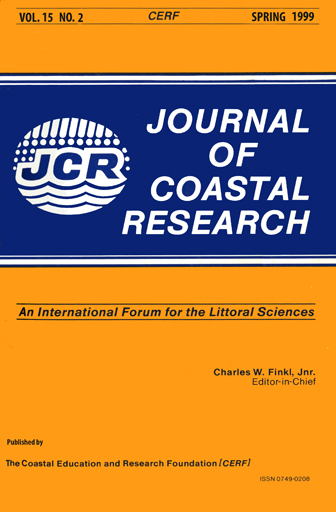Erosion of Frozen Cliffs due to Storm Surge on Beaufort Sea Coast
Keywords:
Thermal-mechanical erosion, melting of frozen sediment, heat transfer, cliff and beach interaction, offshore sediment transport.Abstract
A simple model is developed to predict the overall horizontal retreat of a frozen cliff fronted by a beach due to a storm surge on the Beaufort Sea coast. In this thermal and mechanical erosion model, storm surge and wave action on the frozen cliff causes the convective heat transfer and melting of the ice-bonded cliff sediment, which supplies coarse sediment on the beach whereas fine sediment is assumed to be transported offshore. The volume balance for the unfrozen coarse sediment on the beach is used to predict the vertical beach erosion. When the frozen beach sediment is exposed to wave action, the beach erosion is controlled by the convective heat transfer and melting of the frozen beach sediment. The developed model is compared and calibrated using the observed cliff retreat due to a September, 1993 storm on the Canadian Beaufort Sea coast. The calibrated model is then used to assess the degree of importance of various factors that affect the thermal and mechanical erosion of the frozen cliff and beach. This assessment suggests that the accurate prediction of the cliff and beach erosion will require quantitative data on storm surge elevation and duration, cliff height, seawater temperature and salinity, sediment characteristics and wave conditions.Downloads
Published
1999-04-09
Issue
Section
Articles


